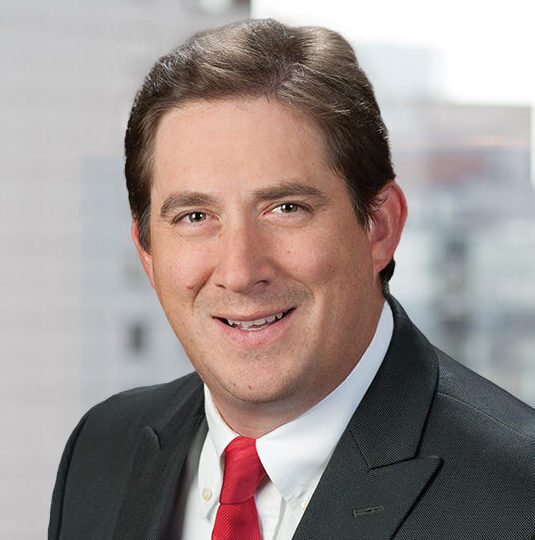Environmental Law This Week: Feds Step Back, States Step In, Courts Push Back, EPA Wavers
We’re in an age when deregulation hawks in just about every sector are getting what they’ve asked for. That includes environmental protection, something many of us have taken for granted, as we watch federal measures undergo a dramatic unwinding at a time when the scientific community agrees more should be done, not less, to safeguard the planet. Federal agencies are retreating from aggressive enforcement, states are asserting new authority, and courts—both state and federal—are emerging as decisive arbiters of climate and energy policy. The result is a patchwork of obligations and opportunities that lawyers, corporations, and communities must navigate with increasing urgency. This week’s developments underscore the trend.













